Mining and Minerals
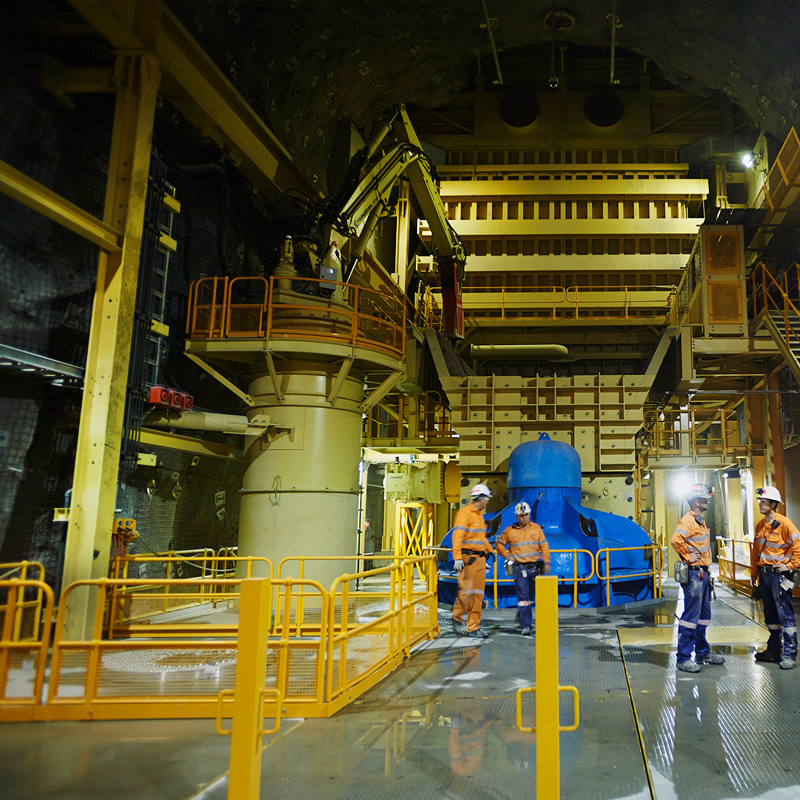
Mining and mineral hazards: what do you need to know?
Mining operations, such as the drilling, crushing, screening, loading and handling of minerals, produce a great deal of harmful particles. For example, dust from crystalline silica in quartz is an invisible contaminant that is very harmful to workers. Based on your operating procedures, several aspects come into play:
- What type of particles do your mining operations generate? Are they toxic or carcinogenic?
- Cement manufacturing is not without its dangers. Do you have measures in place to control fugitive emissions and dust?
- Are your tunnels safe in terms of temperature and air quality?

Mineral extraction: protecting workers’ health!
Whether you operate an open pit or underground mine, the safety and health of your crews is one of your main responsibilities. As you know, mining processes generate toxic dust, which can lead to respiratory diseases or cancer.
At the source of these particles, several mining processes are used to reduce the size of the raw material, such as:
- Excavation;
- Hammer mills;
- Crushers;
- Bin venting (quarries);
- Ball mills;
- Transfer points or drops between conveyors.
For example, cement manufacturing requires strict controls to capture or filter fugitive emissions and dust from operations as materials are processed. High temperature processes for removing moisture from materials can also constrict dust collector filters, and heat can damage parts. To protect your workers, your dust collection system must be properly adapted and maintained!

REDUCE YOUR AIRBORNE CONTAMINANTS RELEASED TO THE ATMOSPHERE
TELL ME HOW
![]()

How can risks from mining and mineral dust be reduced?
The mining industry must be able to manage particles that are sometimes fine and invisible, such as quartz particles, that become airborne during operations. Dust collection and ventilation come into play: particle capture and collection systems (dry) are effective in reducing silica dust and other mineral dust. After analyzing your situation, our experts will be able to find suitable solutions given that issues are not the same for all types of mines. In tunnels, for example, the system must monitor temperature and air quality.
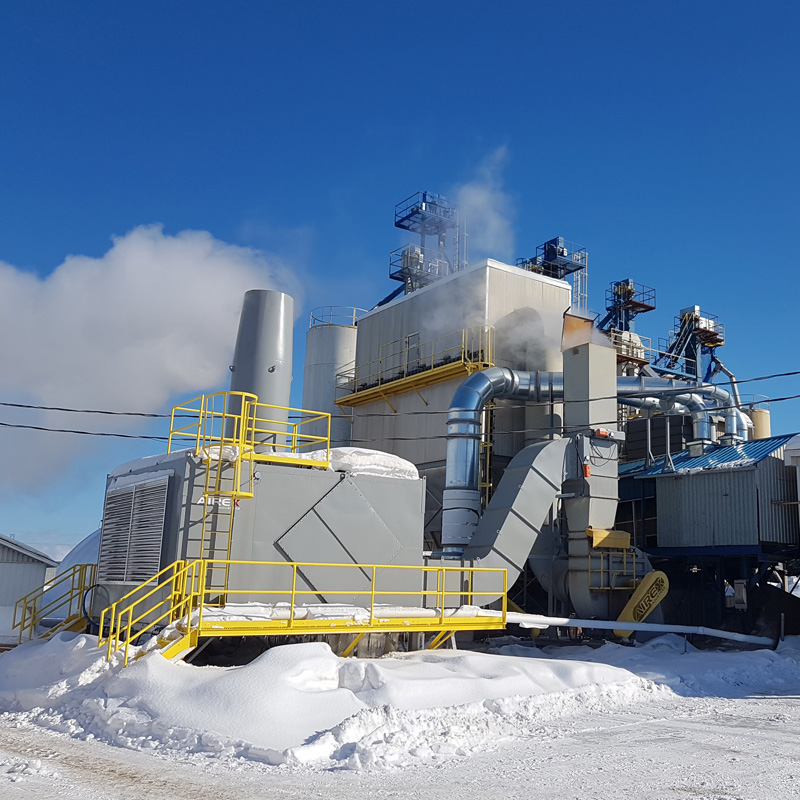
What is the best dust collector for mining and minerals?
Given the particularities of the mining sector, there is no single solution. Several issues must be considered, such as humidity, temperature, the space available in the tunnels or in the factory and the volume of particles generated. Not to mention the nature of the dust (whether it is fine, hazardous or not)!
The AIREX baghouse dust collector, whose coatings are resistant to severe abrasion, is often used in this industry. The possibility of adding modules, building it in length and its ability to manage a large amount of dust makes it a solution to be considered.
We believe that the best dust collector is the one that perfectly meets your needs. It’s also the one that saves you money through energy efficiency. Our experts can suggest some sustainable options for you that are well thought out to minimize production shutdowns. Here’s an overview of the solutions we can offer you:
- Innovative central air systems for filtering crystalline silica in the atmosphere.
- Integrated solutions for recovering the energy used by your drying and pre-drying systems, your steam boilers, and other devices.
- Equipment certified under CNESST standards to prevent occupational respiratory diseases.
- Team of engineers and specialists available for outage and preventative maintenance.

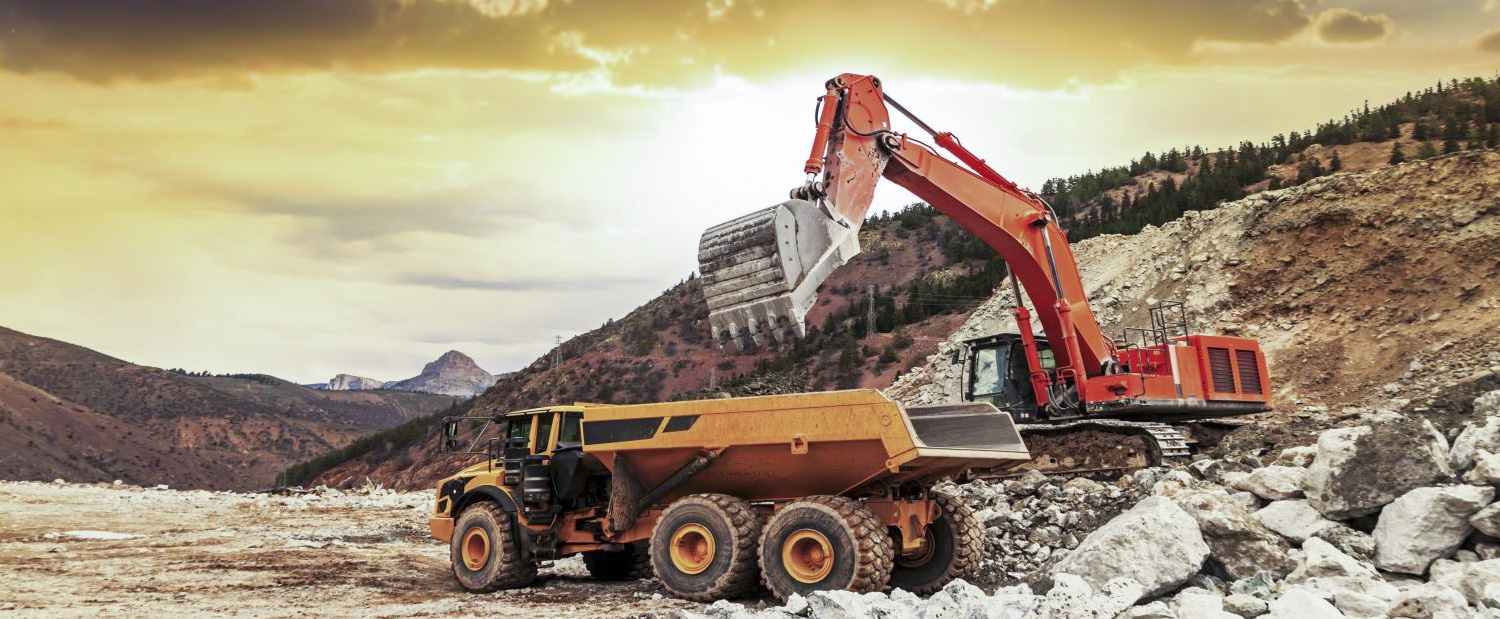

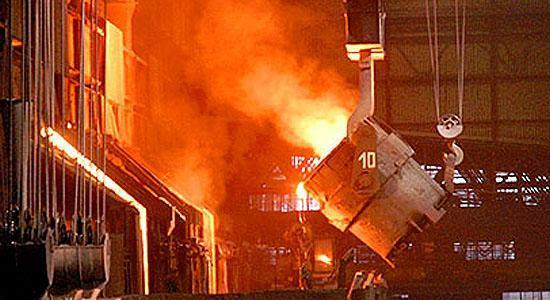
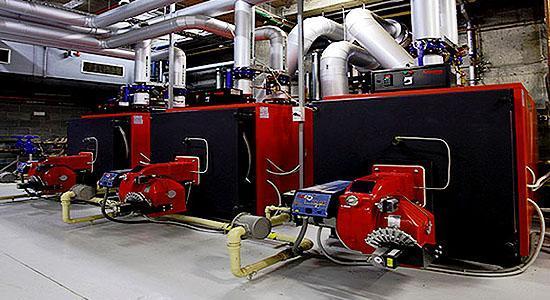
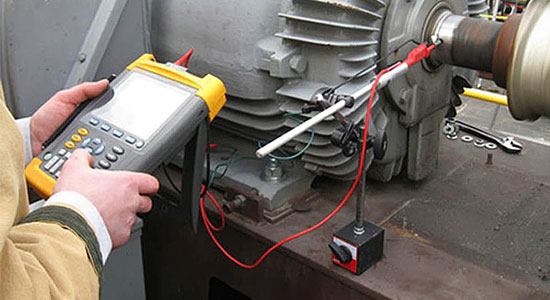
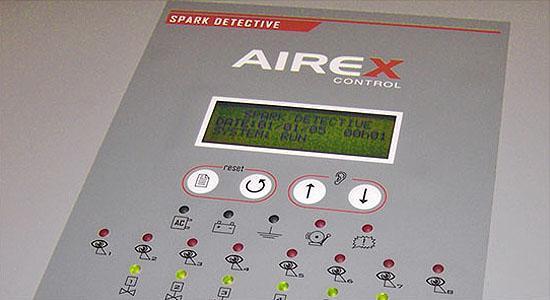
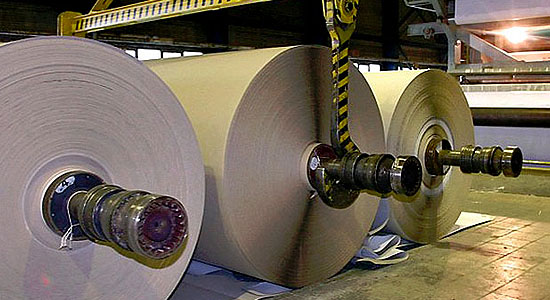
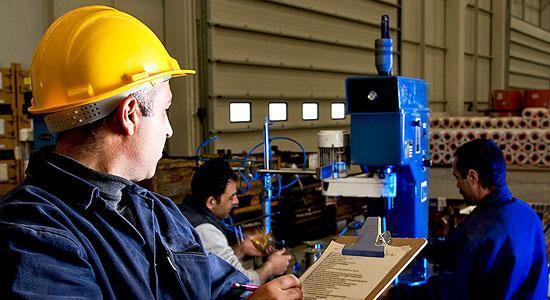
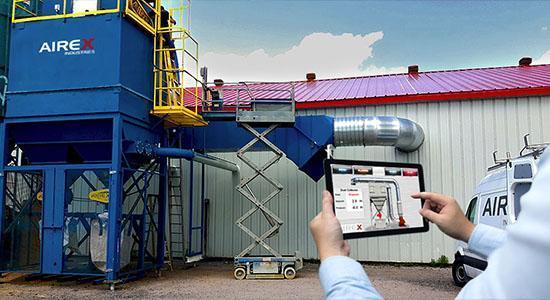
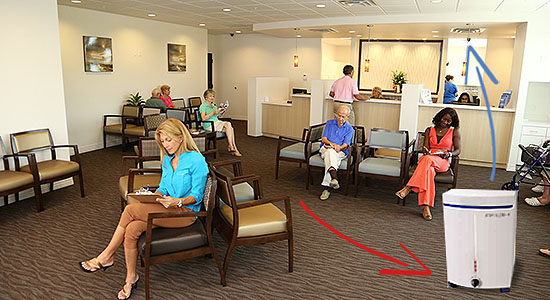
 Not sure what product fits your needs, or you looking for advice about the best solution for your problem?
Not sure what product fits your needs, or you looking for advice about the best solution for your problem?